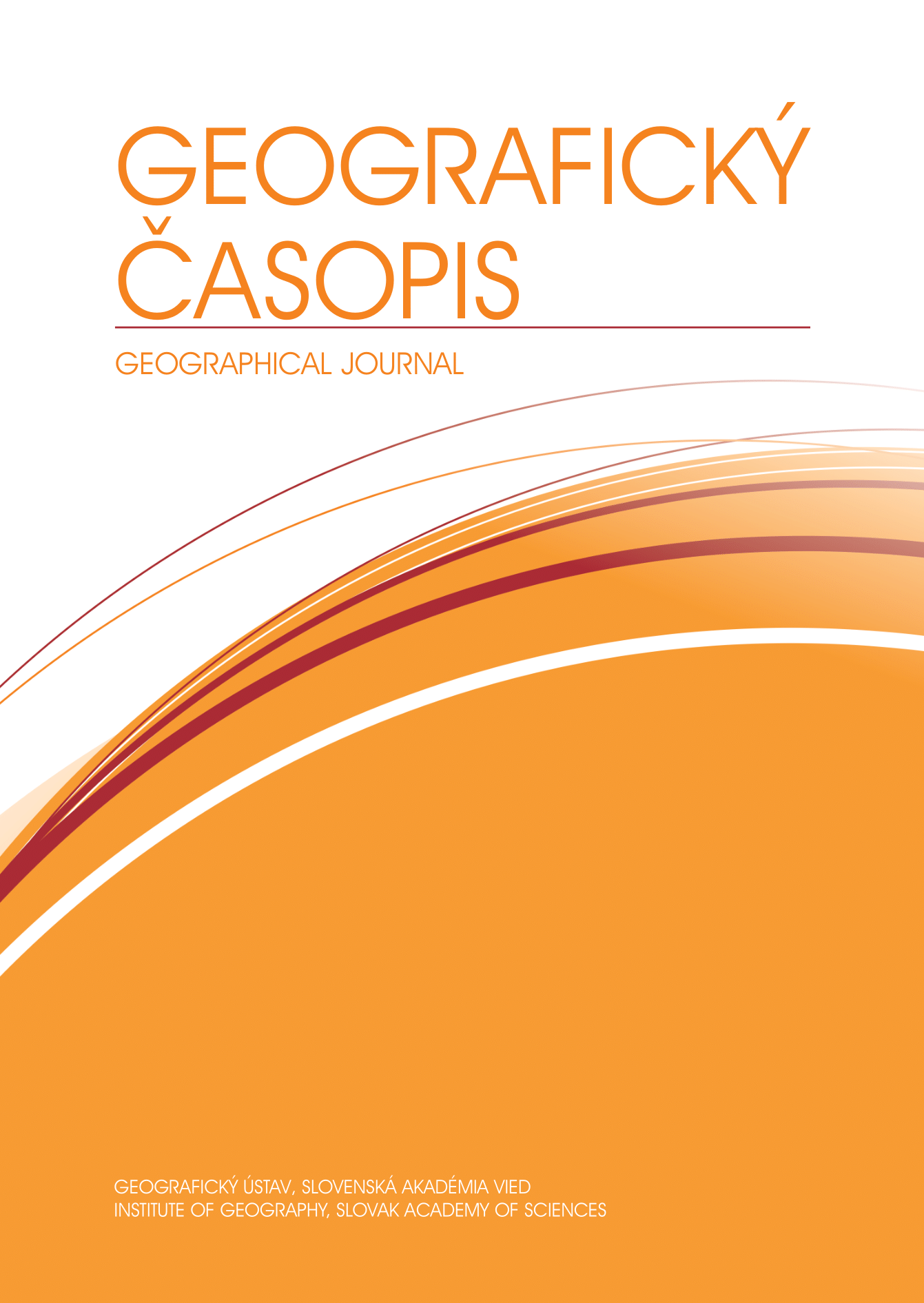Porovnanie 2D a 3D prístupu pri hodnotení množstva stromovej zelene v meste Košice pomocou dát z leteckého laserového skenovania
Comparison of 2D and 3D Approach for Assessing the Amount of Tree Vegetation in the City of Košice Using Airborne Laser Scanning Data
DOI:
https://doi.org/10.31577/geogrcas.2024.76.3.12Keywords:
urban vegetation, airborne laser scanning, point cloud, vegetation volume, canopy height model, 3D vegetation indices, Košice, SlovakiaAbstract
Urban vegetation is crucial for ecological balance and social well-being in cities. Understanding its detailed structure is essential for effective spatial planning in the face of climate change. While traditional studies relied on 2D views from satellite imagery or aerial photography, modern remote sensing technologies like airborne laser scanning enable comprehensive 3D analysis of urban vegetation. This paper examines the 3D structure of urban vegetation in Košice using airborne lidar data, employing canopy height model analysis. Results show a total urban vegetation volume of 31.12 mil-lion m³, equating to 0.56 m³ per square meter, with 136.5 m³ of vegetation per city resident. While the ratio of vegetation area to building area (V/B) is 93.2%, the ratio of vegetation volume to building volume (3D V/B) is only 38.7%, which highlights the importance of considering the third dimension when evaluating the quality of the urban areas. The study highlights the unequal distribution of urban vegetation across the city, with certain areas, including the historical core, wider city centre, panel housing estates and newly built residential complexes, experiencing urban vegetation shortages. Utilizing state-of-the-art lidar datasets, identifying areas with low urban vegetation volume assists city planners in making informed decisions and improving urban designs for enhanced environmental sustainability.
Downloads
Published
Issue
Section
License
Copyright (c) 2024 Geografický časopis / Geographical Journal

This work is licensed under a Creative Commons Attribution-NonCommercial 4.0 International License.
The authors accept and agree to respect the terms and conditions of this public license. Published articles or their parts may be reused, provided that the names of the authors are mentioned and will serve only for non-commercial purposes.

